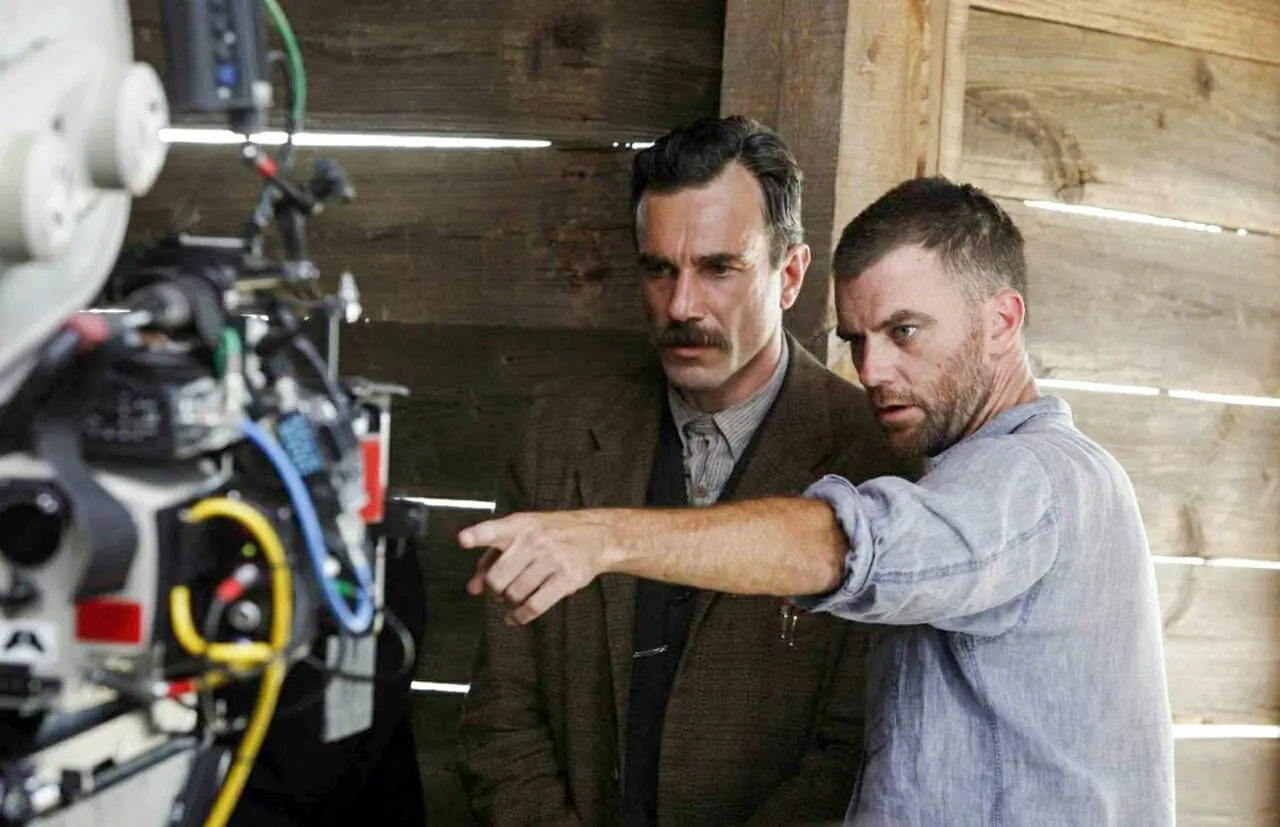
Paul Thomas Anderson loves long tracking shots, multi-character ensembles, ambient musical scores and ambiguous endings. He directed Boogie Nights (1997), Magnolia (1999), Punch Drunk Love (2002) and There Will Be Blood (2007). Now he has delivered another powerful film with The Master (2012).
Set in post-WWII America, Freddie Quell (Joaquin Phoenix) struggles to make a life for himself after being discharged from the Navy. He is belligerent, prone to violent outbursts and has a severe drinking problem. Freddie supports himself by selling homemade liquor.
Eventually, he encounters the eccentric Lancaster Dodd (Philip Seymour Hoffman), the leader of a religious group called The Cause. Dodd tries to reach out to Freddie, whose liquor he enjoys. The Cause believes in the idea of “processing,” an interrogation-based therapy that uncovers and cures people of trauma. Freddie becomes Dodd’s second-hand man, but he is unable to give up alcohol. His behaviour concerns Dodd’s stoic wife Peggy (Amy Adams), who doubts he can be cured. Upon hearing that Dodd’s teachings are made up, Freddie must decide whether to stay with The Cause or leave.
Anderson, as always, is a master at the helm. Phoenix is convincing in body language and speech—his intense performance evokes James Dean and Marlon Brando. Hoffman shows off with Dodd, ranging from friendly to intense and cold. It’s left open whether he’s a sincere humanitarian or a shady con-man. Adams has a good turn as the maternal and stern Peggy, but it is never explored if she wields any influence over her husband or The Cause. While the film is about Freddie and Dodd, it would have been nice to develop Peggy’s character.
Mihai Malaimare Jr. has made an interesting choice to shoot the film in 65 mm. The resulting images are vibrant, colourful and arresting. Composer Jonny Greenwood (Radiohead) provides an eerie score with sinister, ambient cues. The film’s greatest weakness is the lack of Freddie’s backstory, which would have helped explain his faults. Certain scenes have a surreal quality, typical of Anderson, dreamlike and captivating.

Recent Comments